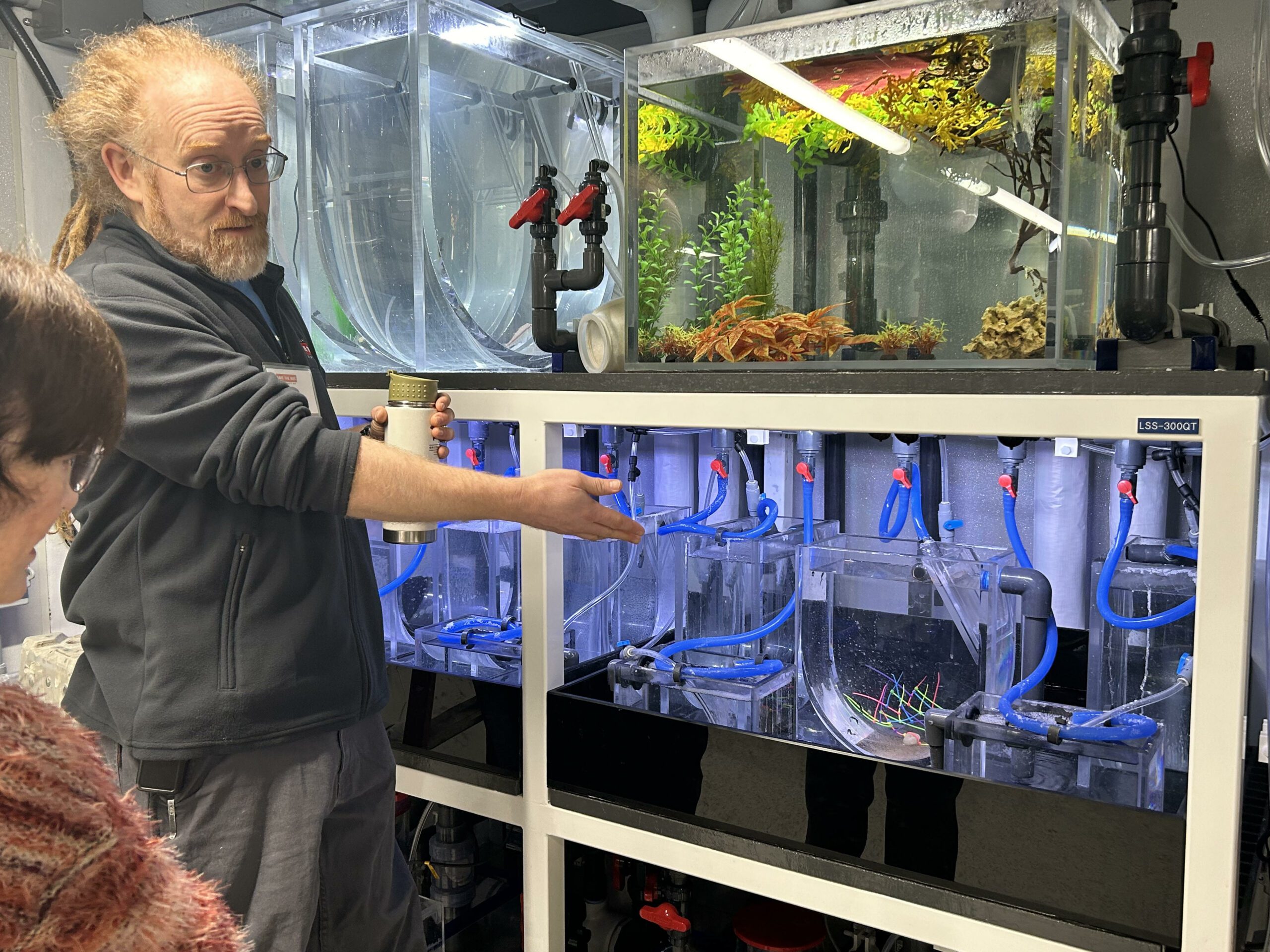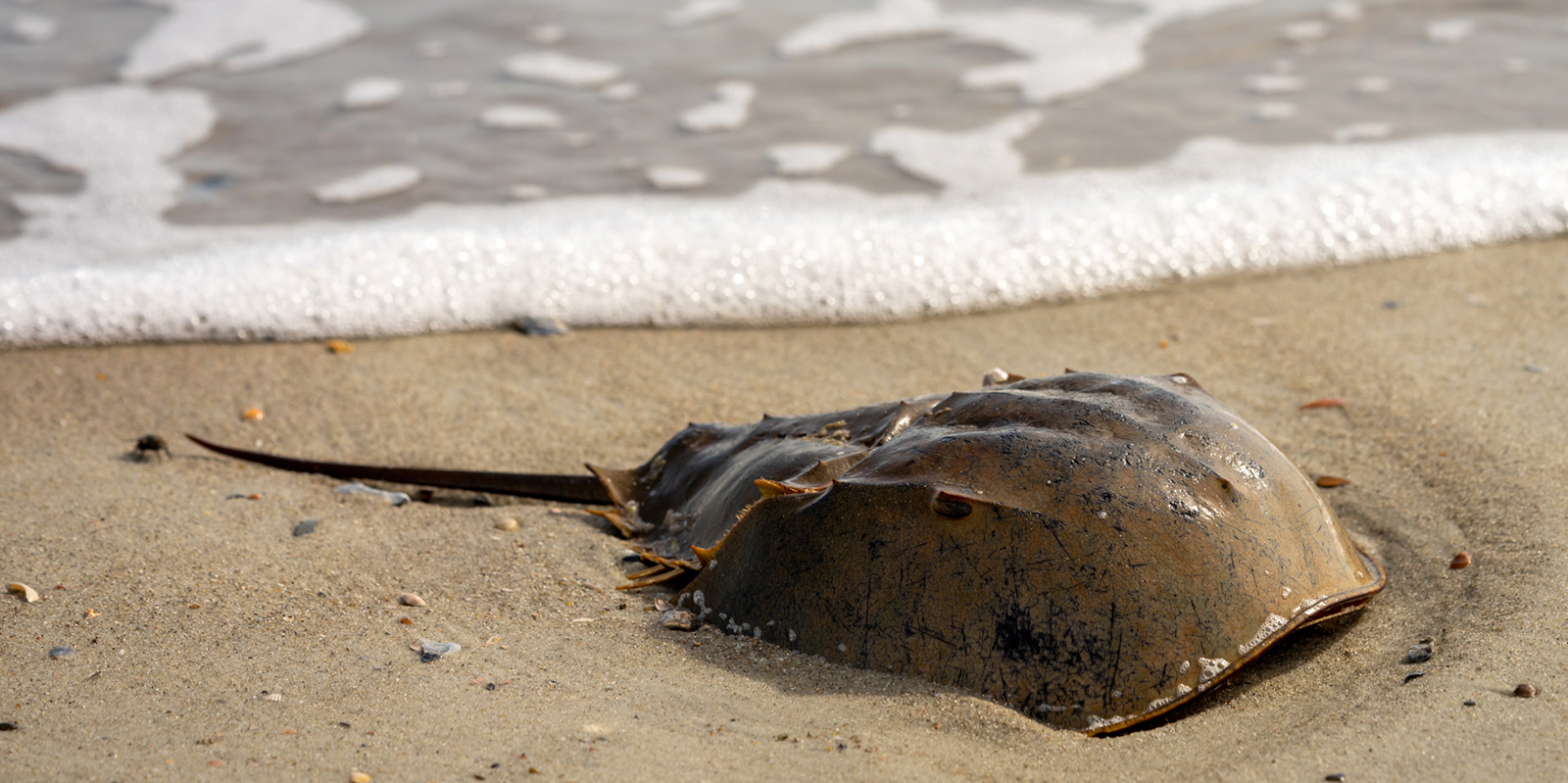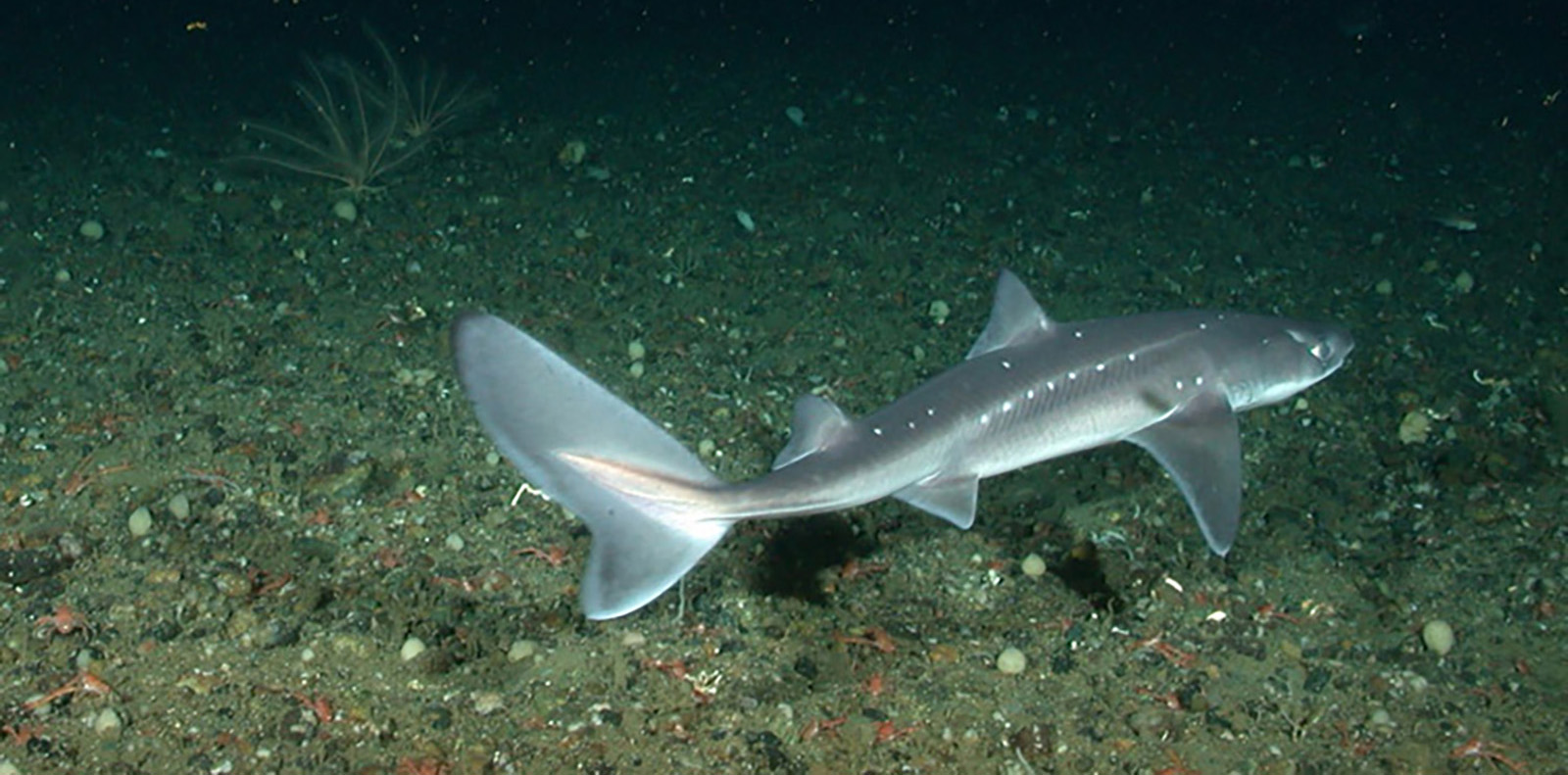Massachusetts Plays Key Role in Keeping Narragansett Bay Healthy
June 15, 2013
Stormwater rushing off the many acres of impervious surface that covers much of the Narragansett Bay watershed sends bacteria, nutrients and other contaminants into the Ocean State’s signature resource. Much of that polluted runoff originates in Massachusetts.
While each state is dealing with stormwater runoff in both expensive and commonsense ways, the problem impacts Rhode Island more directly. About 60 percent of this critical watershed resides in Massachusetts, but 90 percent of Narragansett Bay’s waters are in Rhode Island. Narragansett Bay is 148.6 square miles — 140 of which are in Rhode Island. Its watershed encompasses 1,754 square miles, with 1,024 in Massachusetts.
Narragansett Bay defines much of the Ocean State. Its many beaches, tourist attractions and fishing opportunities — both recreational and commercial — are a significant part of the state economy. In fact, several estimates suggest that the total value of the natural resources of the Narragansett Bay watershed exceeds several billion dollars a year, according to a 2003 study by two University of Rhode Island researchers.
Narragansett Bay is an estuary — a semi-enclosed waterbody open to the ocean at its mouth and connected to the land by rivers, streams and groundwater. It is the largest estuary in New England. An average of 2 billion gallons of fresh water flows daily from Rhode Island and Massachusetts into the salt waters of the bay.
When it rains, much of that flow is stormwater runoff. Stormwater includes human contaminants, sediment and oils from roads and parking lots, bacteria from pet waste and bird droppings, litter and debris. All this non-point source pollution runs into storm drains and eventually flows into Narragansett Bay.
The health of the bay is particularly jeopardized by the excessive accumulation of nutrients, most notably nitrogen from overused fertilizers and agricultural livestock waste. Elevated levels of these nutrients create algae blooms by choking oxygen out of the water column.
During heavy rains, like those that hit the region several times this month, up to 90,000 pounds of nitrogen can be washed into the bay, according to Tom Uva, the Narragansett Bay Commission’s director of planning, policy and regulation. All that nitrogen, not to mention all the other pollutants and contaminants that ride a wave of stormwater into the bay, have a significant impact on water quality.
Eutrophication (i.e. algae blooms), nutrient loading and pathogens are some of Narragansett Bay’s major environmental concerns, according to a 2007 U.S. Environmental Protection Agency (EPA) report. Stormwater, and the pollutants and nutrients it carries into the bay, is the prime culprit for those EPA-identified concerns exist.
In Rhode Island, this problem is regulated by the Department of Environmental Management (DEM). In Massachusetts, stormwater is regulated by the EPA.
With different agencies in charge of regulation and the many complexities associated with a watershed that straddles two states, it’s no secret then, as Uva noted, Rhode Island and Massachusetts handle the problem differently.
Local, state and federal officials have worked well together to get a better handle on the problem. Each also has been frustrated at times by a perceived lack of promptness by one side or insufficient remedies by another.
All wet
Every time it rains or snows, waterways in Massachusetts and Rhode Island are at risk of being polluted by stormwater runoff. During intense storms, rain and/or melted snow runs off roofs, driveways, parking lots and sidewalks, picking up contaminants such as roadway salt, lawn fertilizers, motor oil and antifreeze. Wildlife habitat is destroyed and drinking water supplies threatened. A 1,000 square feet of impervious surface generates 28,000 gallons of runoff annually.
Many Narragansett Bay shellfish beds are closed after just a half-inch of rain in a 24-hour period. Popular beaches are closed because of high levels of bacteria swept into the bay by rushing stormwater. Studies show that the frequency of heavy rain events in both Massachusetts and Rhode Island are increasing.
Because of this, managing stormwater runoff continues to be a major concern for Rhode Island and Massachusetts communities within the Narragansett Bay watershed and to many beach-goers.
Covered up
Development in the watershed is an inevitable challenge that will continue to put pressure on Narragansett Bay water quality.
Runoff is a natural part of the hydrologic cycle. The volume and speed of runoff depends on the size of a storm, the size of the drainage area, the slope of the land, the types of soils and the surface conditions such as woods or pavement.
In a natural, or undeveloped, setting, the surface often is pervious, meaning water can percolate into the soil. However, about 14 percent of the Narragansett Bay watershed is under streets, roofs, driveways and parking lots, preventing water from naturally infiltrating the ground.
The construction of homes, buildings and other man-made features alters the hydrology of the landscape. Vegetated and forested land is replaced with impervious surfaces that impact aquatic habitats, drastically change land use and generally increases the amount of stormwater runoff, which can cause erosion and flooding.
In Rhode Island, impervious cover by municipality ranges from 3 percent to 40 percent. When impervious cover is between 10 percent and 25 percent, streams show clear signs of degradation, according to various studies. When impervious cover is more than 30 percent, efforts to restore flow and water quality to pre-development conditions are unlikely.
When impervious cover is less than 10 percent, streams support a wide range of life. Only 17 of 39 Rhode Island municipalities feature less than 10 percent impervious cover, according to DEM.
Stormwater runoff is the single largest source responsible for water quality impairments in Massachusetts rivers, lakes, ponds and marine waters, according to the Massachusetts Department or Environmental Protection (DEP).
Since the 1970s, development within the Massachusetts portion of the Narragansett Bay watershed has dramatically outpaced population growth, according to a comprehensive report by the Narragansett Bay Estuary Program.
Between 1971 and 1999, residential land in Massachusetts increased by nearly 47 percent, and between 1985 and 1999 nearly 40 acres a day were lost to development. During this period, Massachusetts lost 143,000 acres of wildlife habitat, and Worcester County, in the Blackstone River sub-basin of the Narragansett Bay watershed, had among the highest rates of loss.
The Blackstone River and Taunton River watersheds make up the majority of the Narragansett Bay watershed in Massachusetts. In fact, development in the Massachusetts area of this sensitive watershed impacts two of the three largest Narragansett Bay tributaries.
In Rhode Island, some 30 percent of land that was undeveloped in 1995 has since been built upon. And in the past 300 years, more than 50 percent of Narragansett Bay’s salt marshes have been destroyed, and most of the remaining salt marshes have been damaged by development throughout the watershed.
The Narragansett Bay watershed is home to about 2 million people in 100 cities and towns. Providence and Worcester are the largest cities in the watershed.
Sewer overflows
Stormwater causes combined sewer overflows (CSOs), which occur when a sewer system gets overwhelmed by stormwater and is forced to discharge untreated sewage. To comply with the federal Clean Water Act, CSOs have and are being phased out across Rhode Island and Massachusetts, with large projects in progress in both Providence and Fall River.
Due to the heavy rains of the past week, a “serious” stormwater overflow occurred June 14 from the town of Shrewsbury sanitary sewer system, according to the DEP’s Edmund Coletta.
“The overflow caused a manhole cover to be dislodged and a combination of untreated sewage and stormwater is flowing out of the manhole at a rate of up to one million gallons a day,” he said.
This wastewater is flowing into nearby Hop Brook, which flows into Smith Pond and Thayer Pond.
Each year, the 64 CSOs in the Narragansett Bay Commission district release an estimated 2.2 billion gallons of untreated sewage/stormwater into the bay and its tributaries, namely the Blackstone, Moshassuck, Providence, Seekonk, West and Woonasquatucket rivers. CSOs pose pollution and public health risks since they contain residential, commercial and industrial wastes, and other pollution washed or illegally dumped into storm drains. These overflows carry pollutants in the form of sewage solids, metals, oil, grease and bacteria that can affect the health of those who swim in the polluted water or eat contaminated shellfish.
To protect public health, certain areas of Narragansett Bay are permanently closed to shellfishing, and some 11,000 acres are temporarily closed for harvesting when there is more than half-inch of rain.
Providence began building sewers in 1871, and by the early 1900s, the system was moving sewage and horse manure from the street into the nearest waterbody. “It was built to move waste into the river,” Uva said. “Providence even won an award for allowing all that waste to flow into the river. We’re now paying the price for that system.”
The Narragansett Bay Commission’s three-phase Combined Sewer Overflow Project will cost about $1.3 billion when it is finally completed by 2017 or so. Phase I went online in 2008. The ongoing project has already created a cleaner and healthier Narragansett Bay, especially in the industrialized upper bay. Since the Phase I CSO tunnel that runs under Providence went online five years ago, nearly 5 billion gallons of polluted water has been kept out of Narragansett Bay.
Replacing or repairing antiquated infrastructure, such as phased-out cesspools or failing septic systems, or cracked and leaking sewer and water lines, is an expensive but necessary task.
Nearly a third of Rhode Island’s households dispose of sewage and wastewater into septic systems and cesspools. Many of the systems used by those 135,000 or so households are either inadequate or failing.
“Providence and Pawtucket have some of the oldest pipes in the country,” Uva said.
Stormwater fees
The concept of a stormwater utility district may sound complicated, but it’s simply a fee on asphalt and other impervious surfaces. The concept isn’t new. Some 2,000 U.S. municipalities use such districts to pay for costly repairs and upgrades to storm drains and drainage systems.
In Rhode Island — where municipalities are required to handle their own stormwater — Providence, Middletown and Bristol are considering the concept. In Massachusetts, only a few communities, including Chicopee, Newton and Reading, have incorporated some sort of stormwater utility or fee structure.
Many Rhode Island and Massachusetts communities within the Narragansett Bay watershed face costly infrastructure projects that need to be done but have no money to fund them. In the meantime, the environment suffers.
Providence, North Providence and Johnston are among the municipalities that the DEM has cited for stormwater violations.
Providence has 400 miles of sewers, 20,000 manholes and 175 outflows. When it rains, especially like it has this month, the city is violating environmental laws as stormwater floods streets, sewer pipes, ponds and rivers. Most of it eventually runs into Narragansett Bay.
While a stormwater utility district or fee is one possible solution to repairing and maintaining old and neglected drainage systems, the idea comes with some problems, at least in Rhode Island, according to Uva.
“In a state that is already very highly taxed, people are going to see it as a ‘rain tax,’” he said. “In a good economy, such an idea would be embraced. But with 10 percent unemployment, the idea is going to generate a lot of dialogue.”
Uva said one way municipalities and departments of transportation can better protect Narragansett Bay and help lessen flooding problems within its watershed is for them to do a better job cleaning, maintaining and inspecting catch basins.
Sometimes, though, that is easier said then done. Providence, for example, has 16,000 catch basins and only two trucks, which are capable of cleaning 10 basins a day, according to Sheila Dormody, Providence’s director of sustainability.
“We have flooding. We have pollution. We have infrastructure that is in desperate need of attention,” Dormody said. “It is hurting our businesses that are already in Providence and hurting opportunities for recruiting more businesses. And we are not currently in compliance with the law, which means the environment is suffering.”
Cities and towns also could do a better job of sweeping streets once winter ends, Uva said. “Sand carries a lot of pollutants,” he said. “It’s very basic stuff, like better educating residents about the importance of picking up after their pets and making sure municipal trash bins are regularly emptied, so litter isn’t being blown around. It will eventually make its way to the bay.”
Silt buildup over the years has negatively impacted many of the rivers and streams that feed into Narragansett Bay. The Seekonk River, for example, once was 37 feet at its deepest point; today its greatest depth is 6 feet, according to Uva.
“All these rivers used to be much deeper. They all overflow now and flood because of the amount of silt that has washed into them,” he said. “Big, old sailing ships used to sail down the Seekonk.”
Simpler solutions
There are a variety of less-expensive controls that municipalities, businesses and homeowners can use to help manage stormwater runoff.
A low-impact development (LID) approach to stormwater planning works with nature to manage stormwater close to its source. LID employs principles such as preserving and recreating natural landscape features and minimizing the use of impervious surfaces to create site drainage that treats stormwater as a resource rather than a waste product.
There are many practices that have been used to adhere to LID principles such as retention ponds, rainwater basins underneath parking lots, permeable pavements, rain gardens, vegetated rooftops and rain barrels. It could be something as simple as digging up unused driveways or asphalt.
Since 2003, the Narragansett Bay Commission has approved 108 LID projects that have kept 6.5 million gallons of stormwater from flowing unabated into Narragansett Bay, according to Uva.
LID measures are a needed part of a successful stormwater management plan, but, like catch basins, they need to be properly maintained and inspected. Permeable parking lots are wonderful, but they can quickly become impervious and contaminate-rich after a New England winter of snow and ice.
“The problem with sand and salt on streets causes the same thing with porous parking lots,” Uva said. “They need to be vacuumed annually.”
ecoRI News staffer Tim Faulkner contributed to this report.
Categories
Join the Discussion
View CommentsYour support keeps our reporters on the environmental beat.
Reader support is at the core of our nonprofit news model. Together, we can keep the environment in the headlines.
We use cookies to improve your experience and deliver personalized content. View Cookie Settings



